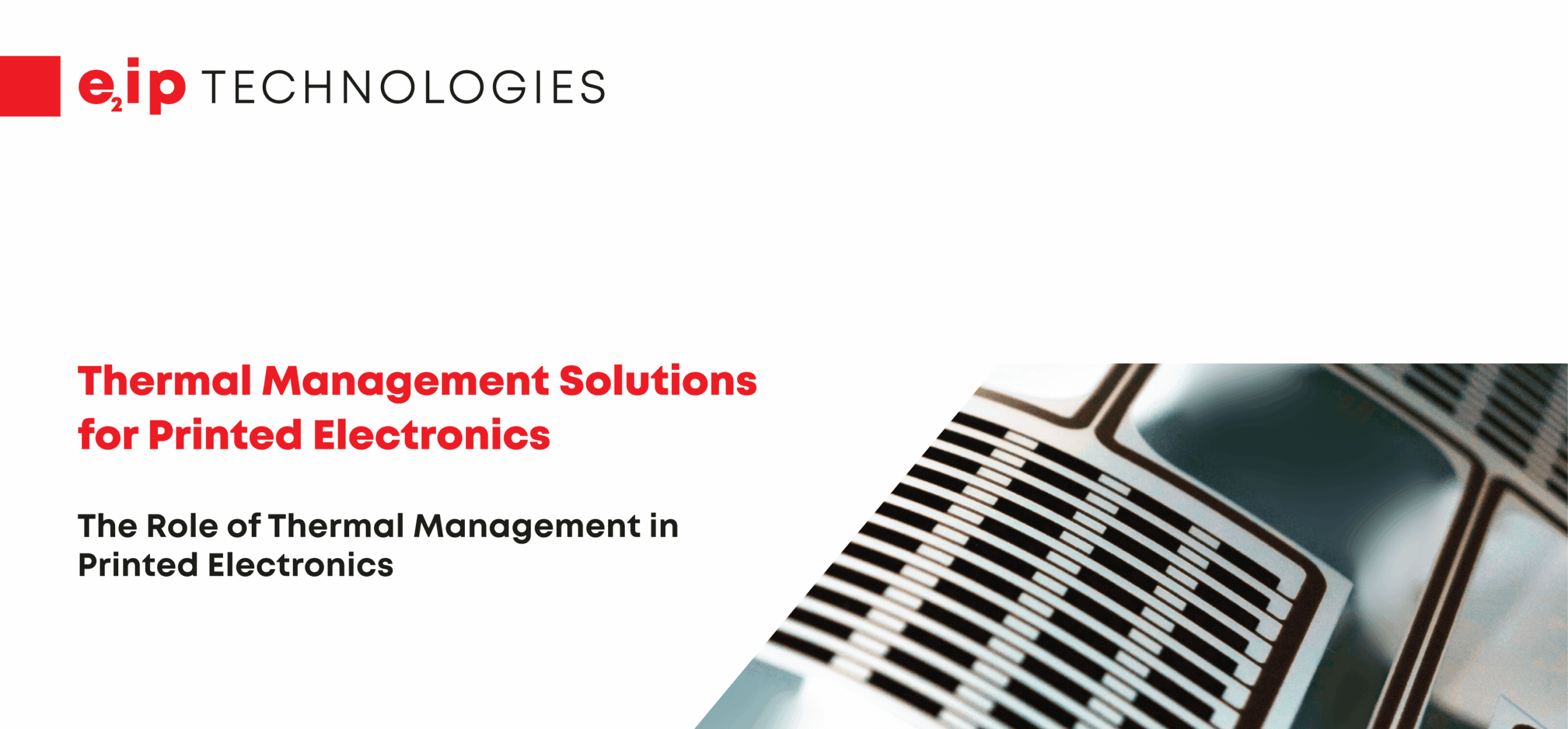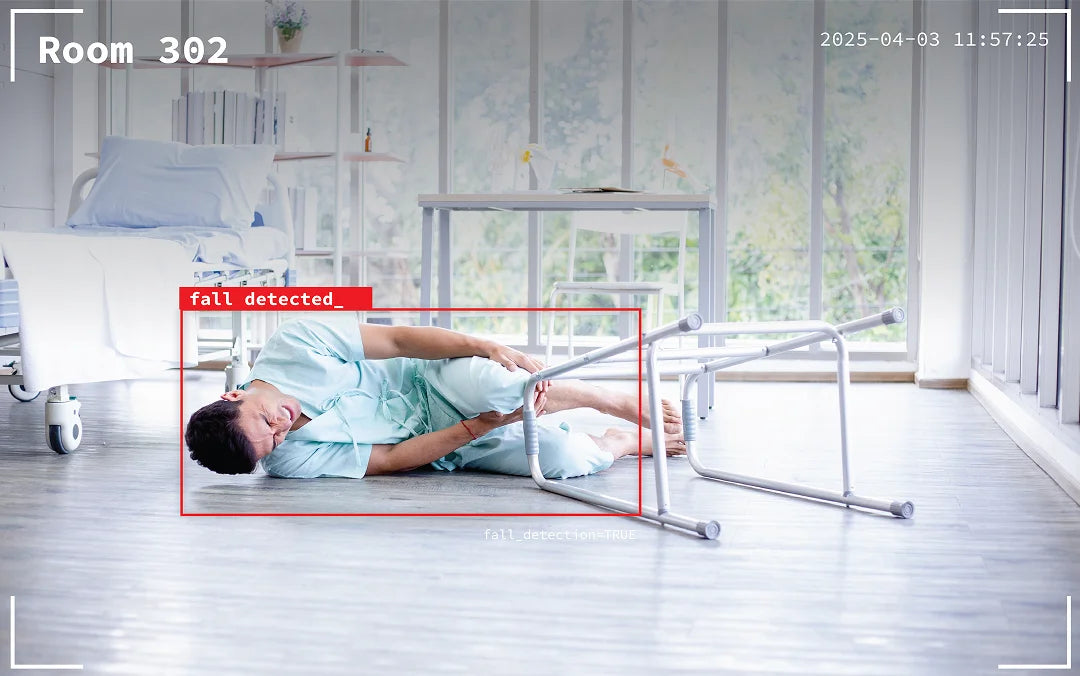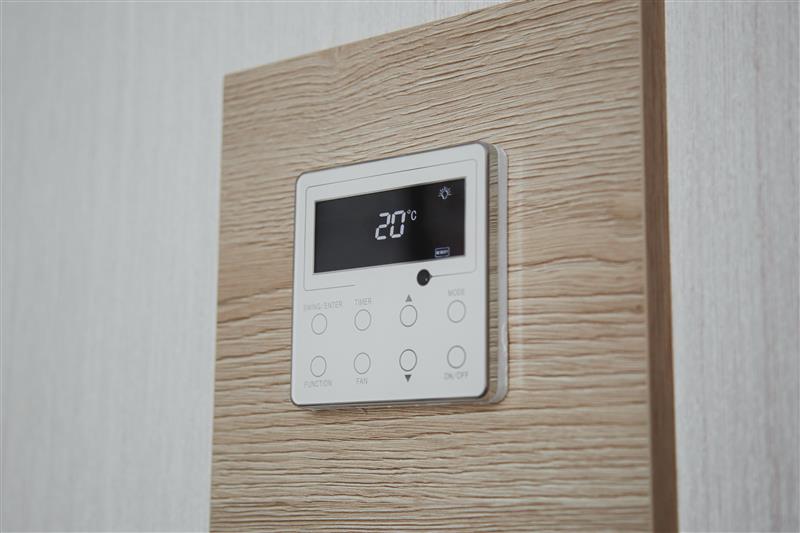Screen printing is a technique that has been used for centuries to create beautifully printed image artwork on a wide variety of surfaces. Today, screen printing is used in more applications than ever, ranging from creating artwork and signage to advanced printed electronics. Thanks to its versatility and durability, screen printing is a technique that will continue to have a lot to offer for a wide range of evolving uses.
This post will delve into some of the challenges and opportunities for this technology to play an important role in the future of printed electronics and human-machine interfaces.
An Overview of The Screen Printing Process
At its core, screen printing involves creating a stencil of the desired image on a screen, and then using that screen to transfer the image onto a substrate. In this additive process, stencils are used to transfer inks or other materials onto the substrate. The “stencil” is essentially a screen that allows the ink to pass through onto the substrate below. Screen printing is a versatile process that can be used for a wide range of substrates, including flexible materials.
Although screen printing is most commonly associated with printing photographic images, a similar process is used to create printed electronics. In this type of manufacturing, advanced mesh screens and conductive inks are used to create functional electronics on a wide range of flexible substrates.
One advantage of screen printing is that it can be used to print very thin and precise patterns on a diverse range of substrates. Additionally, screen printing can be used to create multilayer prints with high accuracy and repeatability. This makes screen printing an excellent choice for printed electronics applications.

Printed Electronics Advantages
Screen-printed electronic components offer several advantages over traditional wires and circuitry. Wear and tear from use, combined with the potential for oxidation, tends to limit the lifespan of electronic components, however, printed electronics do not share these limitations. Printed circuit assemblies are lightweight, sturdy, and long-lasting.
Printed electronics are typically thinner and more flexible than conventional electronic components, which can improve the ergonomics of an assembly. Also, printed electronics are printed directly onto a substrate, which eliminates the need for separate printed circuit boards or other wiring harnesses, which reduces the overall size and weight of an assembly, as well as the number of potential failure points. Most importantly, printed electronics can be custom-tailored to specific applications, which allows for far greater design freedom and flexibility. For these reasons and others, printed electronics will continue to significantly improve the capabilities, performance and reliability of human-machine interface assemblies.
Printed Electronics Applications
Overcoming Technical Challenges
For many electronic components, screen printing remains a highly cost-effective production method, however, there remains the technical hurdle of achieving sufficient resolution for the next generation of printed electronics. Challenges include mesh clogging, finding the right inks, and repeatability, particularly when printing at less than 40 microns. There are advancements that are continually being made in the field of screen printing and this threshold is likely to continue to shrink in the years to come.
e2ip technologies is an industry leader in this regard, thanks to a fine line printing method and proprietary conductive inks, that allow for lines with sub-micron trace thicknesses. In order to screen print image resolution with such fine lines, while minimizing interference or misalignments, it requires the use of wire meshes with the thinnest possible diameter wire, as well as advanced electrical conductive inks.
The Advantages of Advanced Conductive Inks
Meeting the demands of current and next-generation printed electronics requires constant innovation, specifically to resolve the limitations of traditional flake inks. Through the creation of advanced conductive inks, e2ip technologies is once again at the forefront of research, development and implementation of novel solutions to longstanding obstacles in the screen printing process for electronic applications.
Based on ionic molecules derived through a reduction process, e2ip’s molecular ink (MINK), developed in collaboration with the National Research Council of Canada (NRC), solves several technical challenges at once. It enables a simplified, affordable fabrication process, greater design freedom and a reduced ecological footprint, which makes them an appealing option for many applications. MINK sets itself apart from other conductive inks thanks to its high conductivity, elongation, formability, and flexibility.
The Potential for Advanced Fine Line Printing & Conductive Inks
The computer you are using to read this was, at one point, the size of a room. Now, it can fit in your pocket. This incredible shrinking trend is occurring across a variety of industries as the world demands more functionality in smaller and smaller devices, printed electronics is one area where this trend is especially apparent.
As the demand for faster, thinner, lighter and more flexible electronics increases, screen-printed electronics will play a more important role in a wide range of industries, such as aerospace, medical, defense and automotive.
Screen printed solutions from e2ip technologies use various conductive inks, including MINK, and are compatible with a wide variety of lightweight, flexible substrates that can be used to create energy-efficient and cost-effective printed electronics, membrane switches, 5G Smart Surfaces and more.
If you would like to learn more about these technologies and their potential for the creation of innovative products, contact e2ip technologies today.





